We are living in the world where there is an increasing trend in celebrating different ‘Days’ and thereby commemorating different causes…
Different days are celebrated throughout the year like Friendship’s Day, Valentine’s Day, Mother’s Day, Women’s Day, Father’s Day, Earth Day, Cancer awareness day, Autism awareness Day and so on… There is also an ongoing debate whether we should celebrate these days with so much zeal and zest when, every day is an important day for all such causes?
Every coin has two sides and we can’t ignore the fact that due to the establishment of this Days’ culture; different causes, social issues have found a strong platform and occasion to promote awareness about them! Yes, same goes in the case of ‘World Dance Day’.

World Dance Day is celebrated worldwide on 29th April, the birthday of Jean-Georges Noverre (1727-1810), creator of modern ballet. It was initiated in 1982, aimed at attracting attention to the art of dance, to promote and to make people aware of the value of dance in all its forms across the world, to enable the dance community to promote their work on a broader scale, so that governments and opinion leaders are aware of the value and importance of dance in all its forms and support it and to share the joy of dance with others. It was established and promoted by the Council of International dance, and the Dance Committee of International Theatre Institute (ITI). Both of these institutions are official partners of UNESCO.

Delhi (India) based Kathak artist Gauri Diwakar finds World Dance Day to be very effective. She thinks it creates an opportunity for dancers to showcase their talents while viewers get to see the age-old traditions. Gauri also believes that World Dance day helps in starting the communication between the viewers and the dancers and also facilitates interaction between various dance forms. This helps greater appreciation and exchange of ideas among dancers of various classical dance forms.
Gauri has been observing a great urge in people to learn classical dance form in all age groups.
As per Pooja Pant, Kathak performer from Mumbai, this initiative has definitely helped in creating awareness of the classical dances as many institutions, corporate organisations, schools etc. have come forward to celebrate the day with performances, lecture-demonstrations, workshops etc.
Vienna (Austria) based Bharatnatyam performer Radha Anjali says “WDD is important because Indian classical dance has the possibility to promote itself to a worldwide audience where dancers and dance institutions can use the WDD to promote their art and make it better known to more people.”
However, both Pooja and Radha don’t feel that establishment of Dance Day has brought about any change in the state of art of the classical dances though.

Shobha Subramaniam, a Bharatnatyam teacher from Maryland (USA) thinks this to be an important initiative which helps the world to realize the global importance and widespread prevalence of Dance. She had performed at the CID’s World Congress in Greece and Cyprus in the past and believes that there has been increasing awareness about classical dance in India and abroad.
Sunil Sunkara, a Mumbai (India) based Kathak dancer says, “WDD encourages community building and development. Dance Day brings dancers together and in the process connects the larger community with dance”

Renowned Kathak Guru, Smt. Shama Bhate (Pune, India) believes that “For a dancer like me every day is a dance day, which is to be enjoyed, nurtured and celebrated. It is a way of life, a part and parcel of life and a path of worship as well. But I am happy that by celebrating a designated dance day, a dancer gets a chance to connect with people in many ways. Dance, I believe is the first mode of expression and communication for human beings even before language. A movement, which is the root of dance, is with the human being from birth till death. In short, dance is an integral part of our existence. For different reasons, dance got segregated from the society and common people. I am happy that this yearly celebration opens a small window to bridge the distance. I see more and more dancers organising or participating in the celebration of dance. I am sure this is bound to gather more and more momentum every year.”
This year, International Dance Council (CID) announced ‘Return to the roots’ as the theme for World Dance Day.
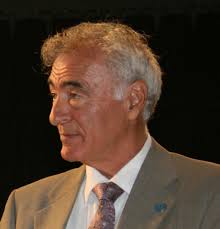
Mr. Alkis Raftis, President of International Dance Council, CID, UNESCO, proposes a fresh view of the origins. Through an email to Classical Claps, Raftis said, “It can be a very modernistic approach of a distant period or a faithful reconstruction based on historical research, or a creation in-between. Too often people think they have created something new simply because they ignore past creations. Confucius said: Study the past if you would define the future.”
This theme ‘Return to the roots’ is quite relevant to be discussed in the context of Indian classical dances too, as there has been an increasing trend of fusion dances, which may seem as drifting away from traditional classical dance repertoire.
We have a long-standing history and culture for all these classical dance styles, hence ‘return to the roots’ seems to be an appropriate theme in today’s scenario of classical dances. Also, there are dancers who are experimenting with new ideas while being rooted in the classical dance forms…
Gauri Diwakar says, “I still find Indian classical dance form to be rooted. Yes, there are trends for fusion but this has always been the case. Point is to reach to as many people as possible. I am a firm believer of the fact that pure classical dance forms can portray contemporary ideas.”
Radha Anjali is not fond of the ‘so-called’ fusion dance and doesn’t like the fusion of classical dance forms with other styles like hip-pop, etc. She also thinks returning to the roots is always good in any art form.
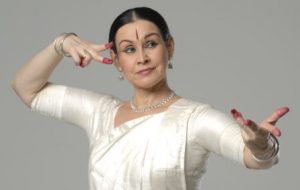
“A lot of times fusion is done without the full knowledge of other dance forms just for the sake of calling it ‘modern’. We can instead collaborate with different classical dance/art forms which can reach out to more people who are not familiar with Indian culture or dance forms. These days there are many dancers who are doing research on people or different communities who have tried to retain the original dance forms/cultures. For me, ‘Returning to the roots’ means to explore the essence of a piece which I am dancing, of poetry, of a story while avoiding unnecessary decorations and jewellery which may distract people from the real content”, Radha said.
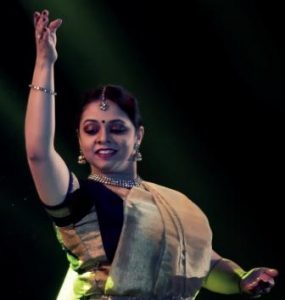
Pooja Pant notices mediocre work being done in the name of modern approach while some fantastic work which comes from the traditional roots but have a contemporary view.
Shobha Subramaniam says, “Though there are a large interest and increase in fusion dances, our traditional classical dance is still thriving, growing and evolving positively. I strongly feel that we do not have to worry about restoring or returning to roots. Our youth and next generation are firmly rooted in tradition and many of them adhere to teaching and spreading classical dance.”
Shobha teaches classical dance related subject in a university in the USA, where she finds many foreigners passionate about learning Indian Classical dances and eastern traditions & culture.

“Whenever we need to step forward, we have to return to the roots and each time we go back to the roots; we are renewed with ideas and energy to do something new as ‘nitha nutan aur puratan‘- forever fresh yet old, is how the Indian classical art is!” Says Sunil Sunkara.
According to Shama Bhate, “Indian Classical Dance and especially Kathak has always been contemporary while remaining strongly rooted to its origins, classicism and aesthetics – as a result, the dance form has been very flexible and adaptable, providing a scope for a dancer to experiment, ideate, and innovate. The tradition is always flowing and never stagnant, as is otherwise perceived. And I strongly believe that the tradition provides you a solid foothold for departure into the unknown world of experimentation. Experiments could fail but can never be fruitless… a failed experiment provides a dancer with a lot of fodder. I experimented with different genres of music, paintings, theatre, excerpts of films in addition to exploring the depths and possibilities of tradition itself while maintaining the sensitivity of traditional idiom and musical substance intact. I would like more and more young dancers to go deep in the academic and thought-provoking aspects of dance. The society, in general, should not get the impression that this art form is mere entertainment or a show business. I believe that any art form is primarily for self-expression. I would urge my young friends to think, discuss, provoke and explore more and more insights into dance as an art form.”
Indian classical dances are still firmly rooted in the tradition, but at the same time spreading the wings to experiment with new ideas and genres. The words of these exponents will give a direction to new dancers and learners to think about this theme, the art form they are learning and guide them to experiment in the field of classical dance without deviating from the origin.
Most dancers and dance institutions celebrate World dance day in a great vigour and also organize different events to promote the dance forms, collaborate with different dancers, building a strong dance community and to spread awareness about it to the masses. No need to say, this year too all of them would be celebrating the WDD with a great enthusiasm!!
With every passing year; we hope to reach out to more people who are interested in the world of dance, build a strong community to support dancers, enrich the quality of the art form and pass the rich tradition to new generations!! The team of ‘Classical Claps’ wishes you all a very happy World Dance Day!! Keep dancing, keep spreading the joy!!






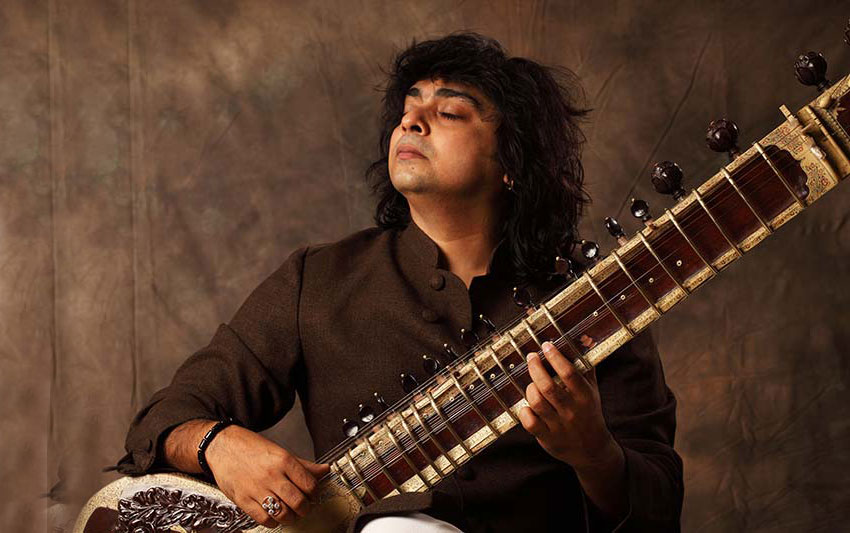
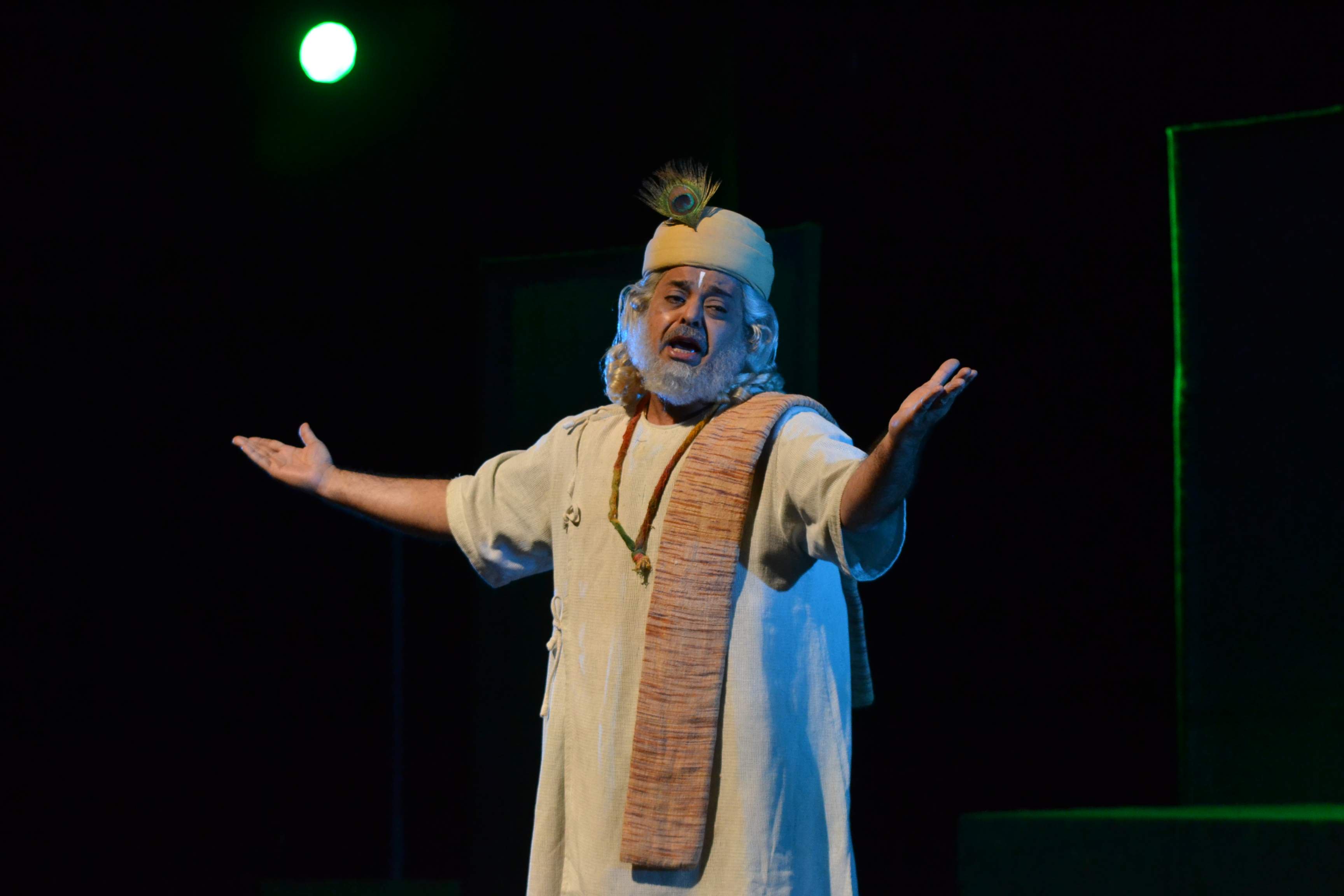



1 thought on “World Dance Day 2018: Classical Dancers’ Take”
I agree with Shama Tai, as she rightly said every day is a celebration in the name of Dance, we all are dancing in some or the form in accordance with nature… I believe Dance is a worship in which no religion, caste, sex or any kind of limitations are there. It’s pure bliss!!!!